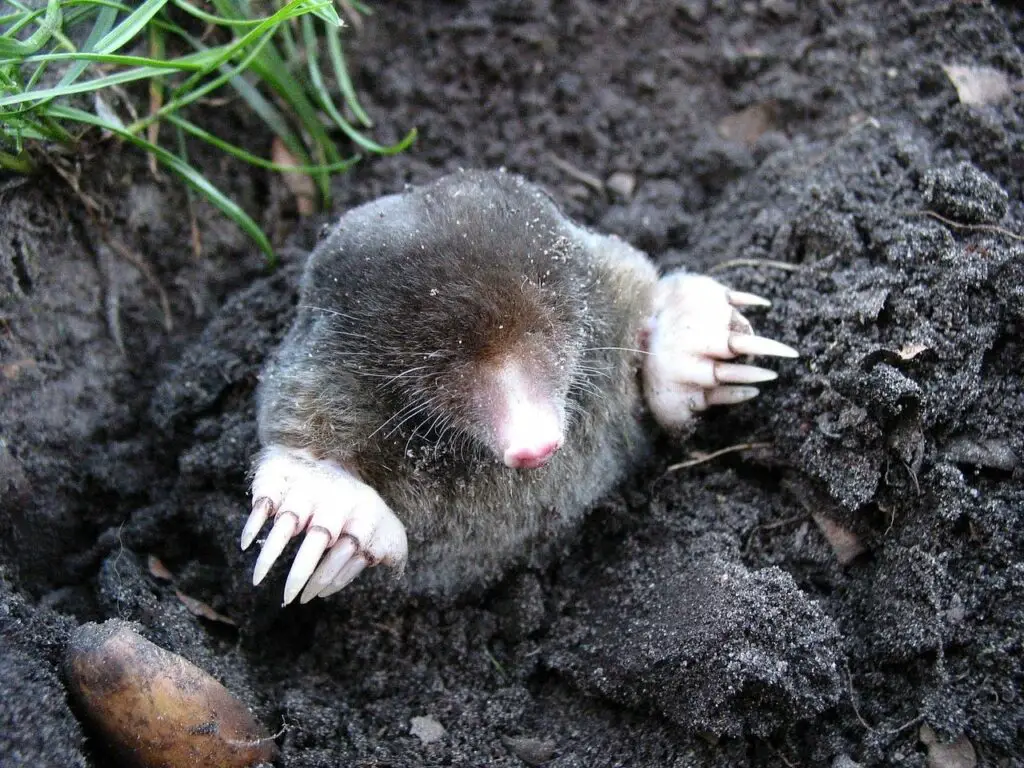Moles are small mammals found in Ohio and across the United States. They can be beneficial to your garden, or they can cause considerable damage. This expert guide will provide you with everything you need to know about moles in Ohio, including identification, behavior, and tips for control. Learn how to identify moles in Ohio, understand their behavior, and find out which control methods are most effective. With this information, you will be prepared to keep your garden and landscape safe from moles.
Types of Moles Found in Ohio
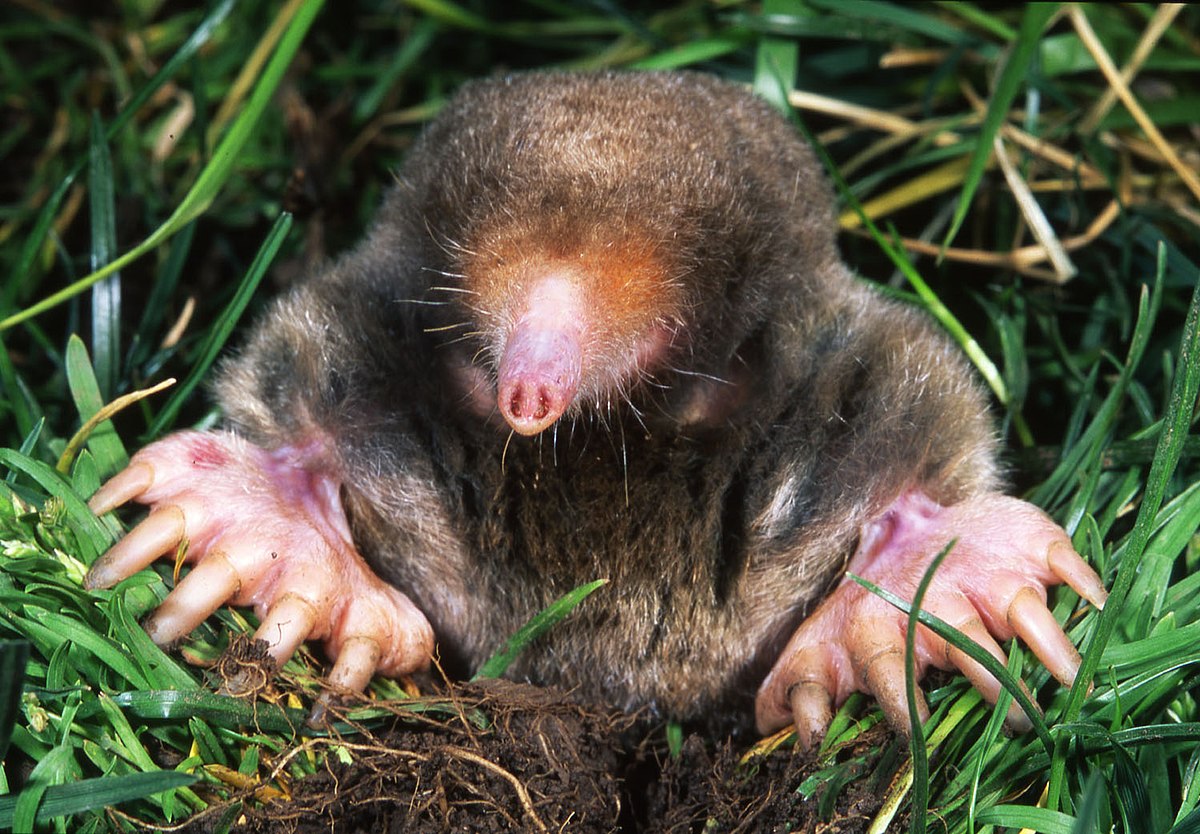
Eastern Mole
The Eastern Mole (Scalopus aquaticus) is a common ground mole found in Ohio. They are usually found in moist soils and areas of high moisture. They are active year-round and their diet consists mainly of earthworms and insect larvae. Eastern moles create tunnels and ridges in the ground, which can cause significant damage to lawns and gardens.
Star-Nosed Mole
The Star-Nosed Mole (Condylura cristata) is found throughout Ohio, although it is more common in the northeastern and western edges of the state. This mole has a unique, star-shaped pink nose and is well-adapted to living in damp environments. Its diet consists mainly of soft-bodied invertebrates, such as earthworms, insects, and larvae.
Hairy-Tailed Mole
The Hairy-Tailed Mole (Parascalops breweri) is a small, burrowing mammal found in Ohio. It is most commonly found in wooded areas, fields, and meadows. Its diet consists mainly of earthworms and insects. It is active year-round and is a major pest to farmers, as it can cause significant damage to crops.
In Ohio, ground moles are a common nuisance, but with proper pest control, they can be managed and kept under control.
Signs of a Mole Problem in Ohio
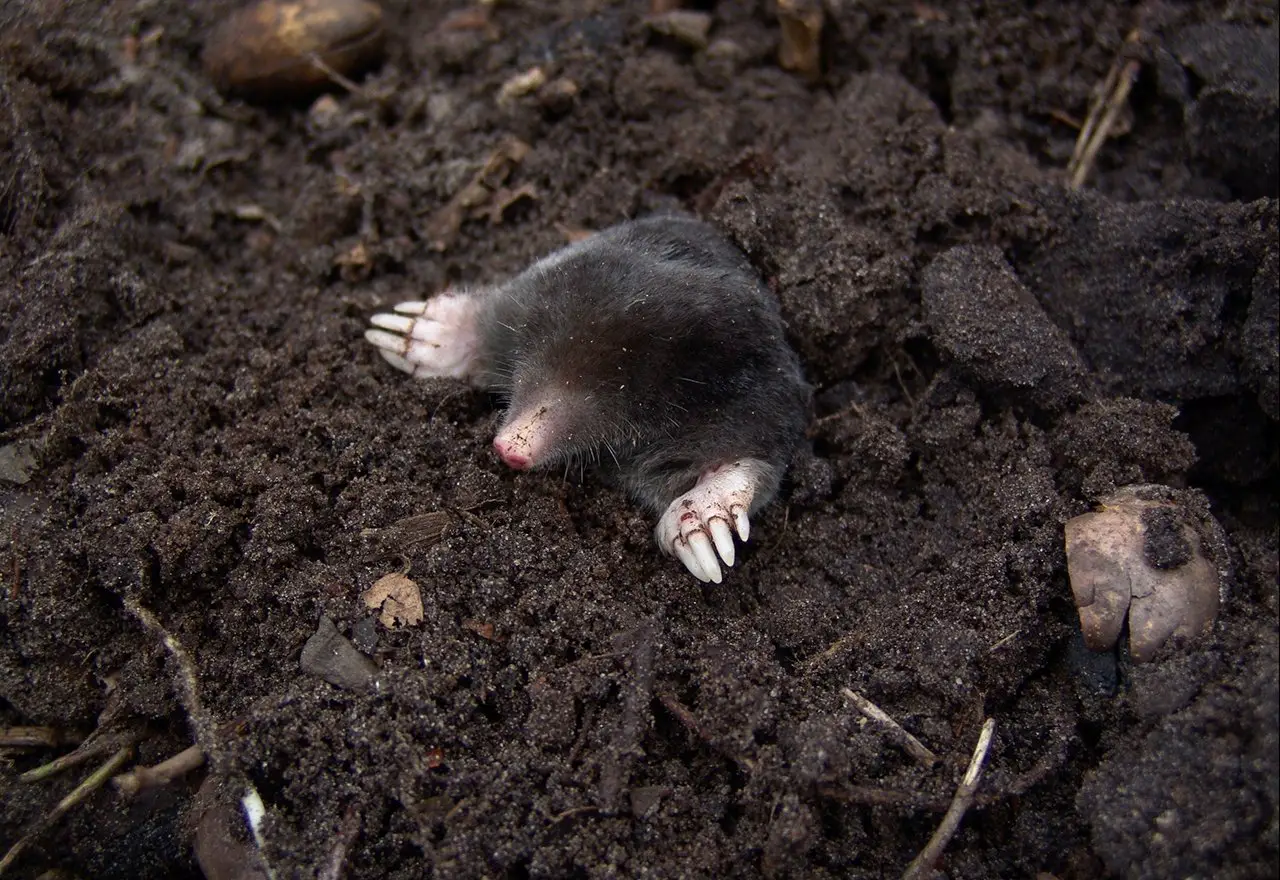
Moles create visible signs of their presence in Ohio’s lawns and gardens. The most obvious sign is the presence of mole hills, which are small mounds of dirt with a depression in the center that forms the entrance to the tunnel system. Mole hills are usually 2-3 inches high and 6-12 inches across. They range in color from light to dark brown and can be found in rows, clusters, or random patterns. Other signs of a mole infestation include tunnels and runs. Tunnels are typically ½ – 2 inches in diameter and can be up to 18 inches deep. The tunnels are usually covered with fresh soil and have a smooth, conical shape. Runs are shallow, raised pathways of soil that connect mole hills. They are usually found running in straight lines, and are 1-2 inches wide. Moles also leave behind evidence of their presence, such as mounds of earthworms, grubs, and other insects on the surface of the soil.
In addition to the physical evidence of their presence, moles can cause serious damage to Ohio lawns and gardens. They can uproot plants and flowers and damage their roots, particularly when the soil is soft. Moles also consume large quantities of earthworms, grubs, and other beneficial insects that are important for healthy soil.
Damage Caused by Moles in Ohio
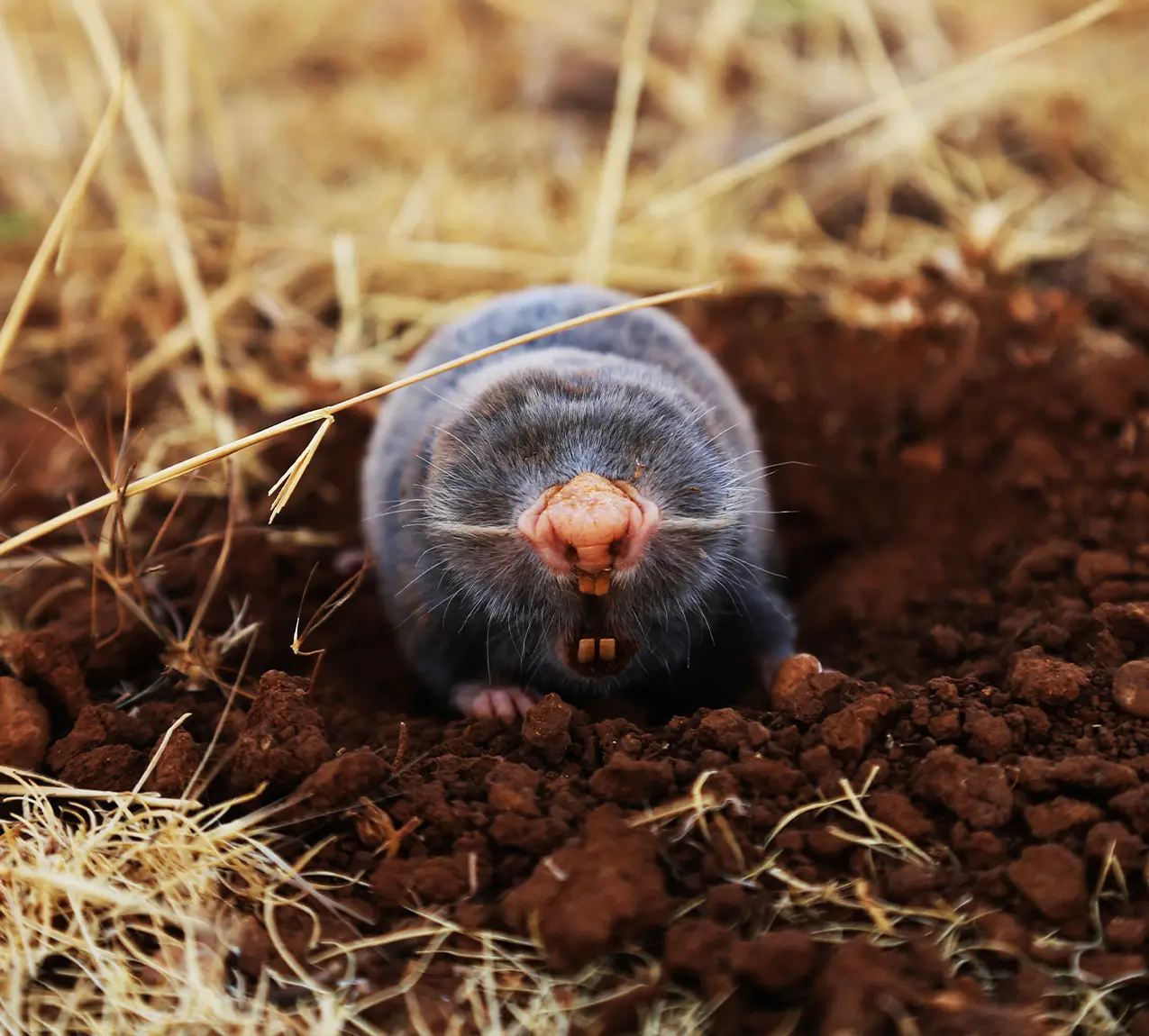
Moles are a common sight in Ohio, but they can cause significant damage to yards, flowerbeds, and gardens. Moles tunnel underground and feed on roots, insects, and grubs. The tunnels they create can disrupt root systems and damage plants. Additionally, moles can create large mounds of soil above ground, which can damage lawn mowers and make a mess of a yard. Moles can also create channels and tunnels that can lead to water damage and standing water in yards.
Moles can also disrupt the natural environment by destroying habitat for birds and other animals. This can lead to an imbalance in the ecosystem and can have an effect on the food chain.
In order to prevent damage caused by moles, it is important to keep yards and gardens well-maintained. Keeping the soil loose and aerated can make it harder for moles to tunnel, and eliminating grubs and other insects can reduce their food sources. Traps and repellents can also be used to discourage moles from inhabiting a yard.
How to Get Rid of Moles in Ohio
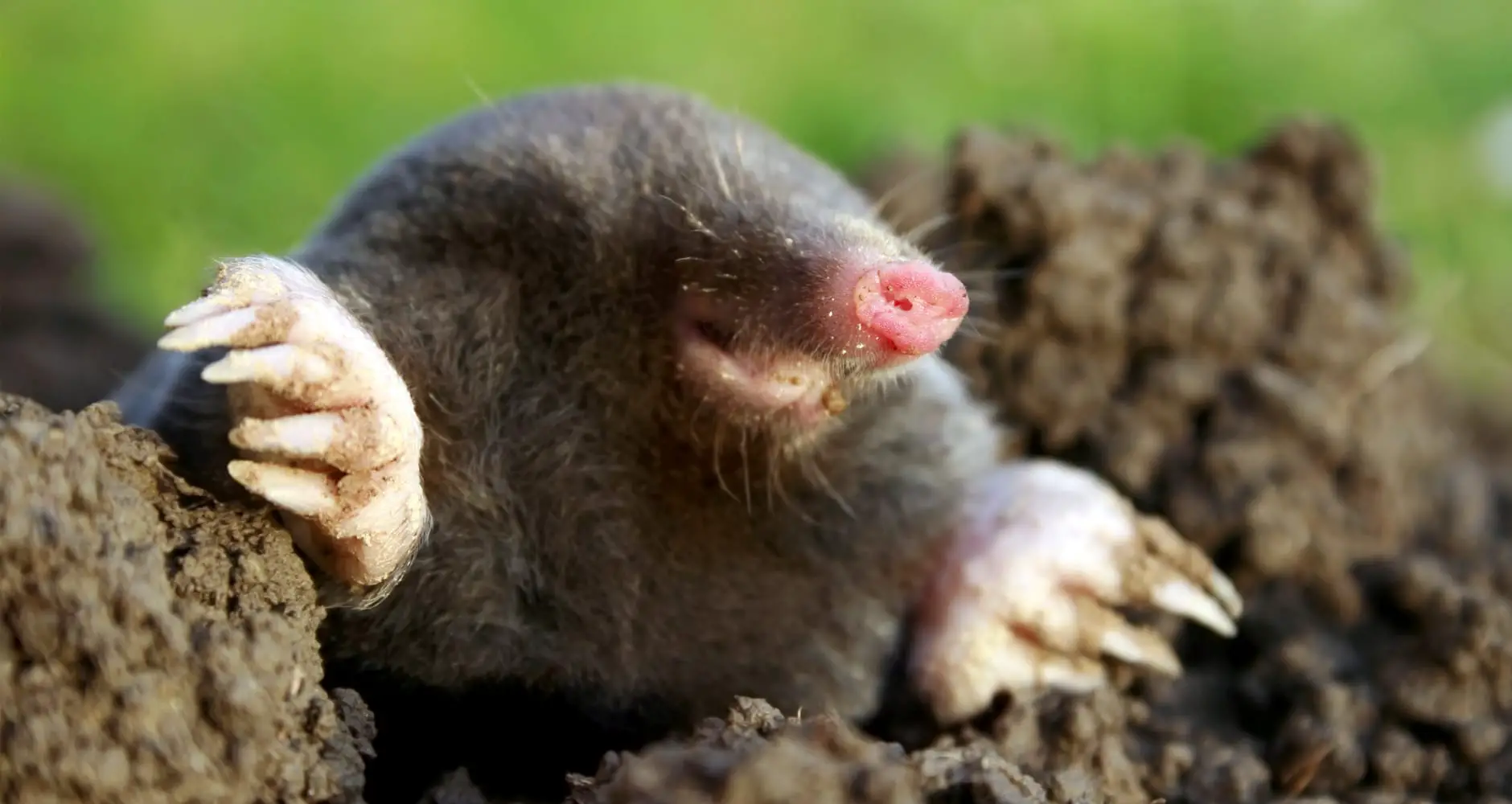
Trapping
Moles are territorial creatures and the most effective way to get rid of them is by trapping. Traps can be purchased online or at local home improvement stores. The most effective traps are the scissor-jaw type, which are placed in the runways of the moles. Once the moles are in the traps, they can be released at least 5 miles away from the property.
Repellents
Chemical repellents may also be used to get rid of moles. Repellents are applied to the soil and are designed to irritate the moles and make their surroundings less appealing. However, repellents can be toxic to other animals and may not work as well as trapping.
Exclusion
The most effective way to keep moles away is by exclusion. This involves blocking access to the mole’s tunnel system or creating a physical barrier that prevents the moles from entering the area. This can be done by installing wire mesh or plastic barriers around the perimeter of the property.
Moles and Ohio Pest Control
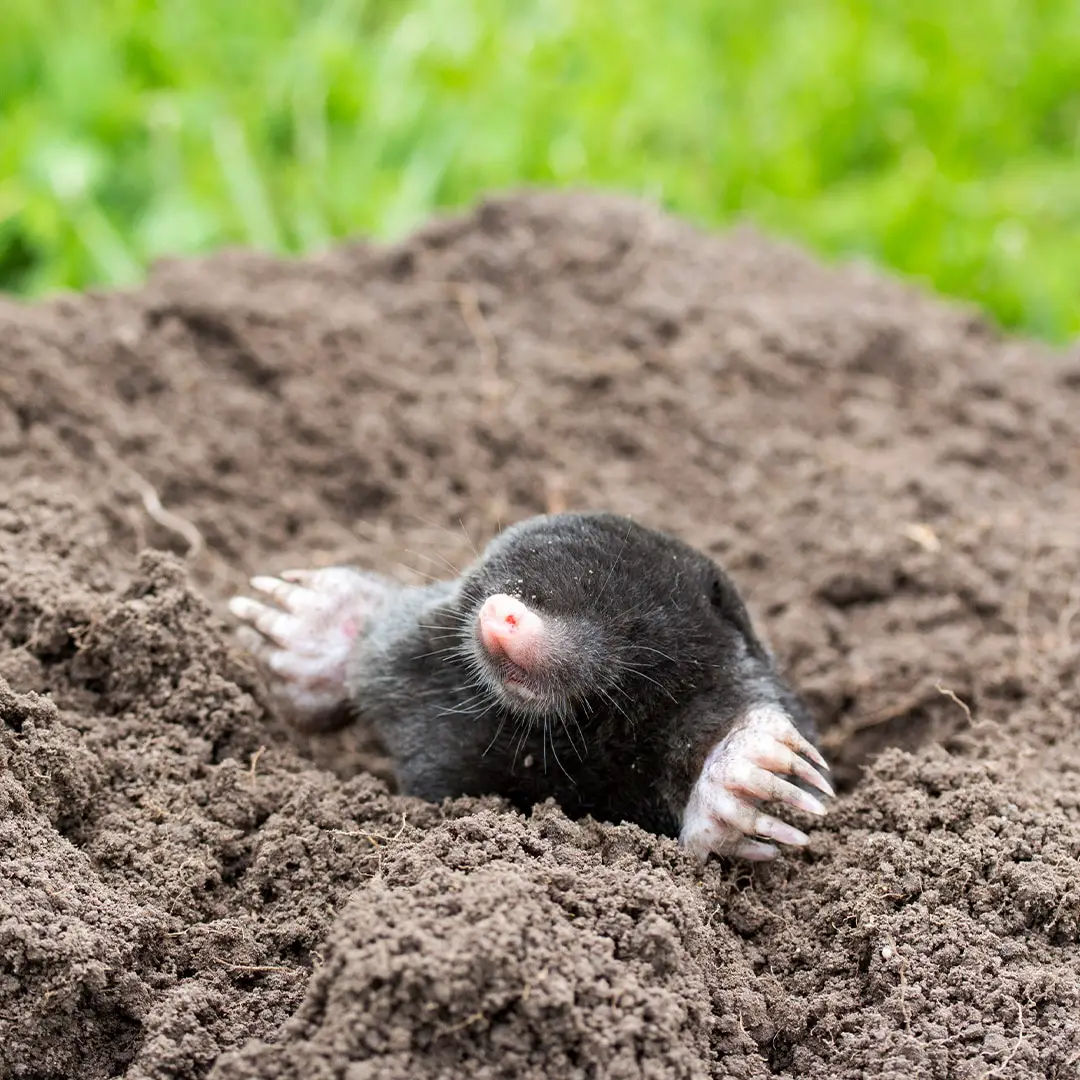
Moles are a common pest in Ohio and can cause significant damage to lawns and gardens. In addition to damaging turf, moles can also create tunnels that can be dangerous to people and pets. This is why it is important to take proactive steps to control the mole population in your yard.
Ohio pest control companies offer a variety of services to help control moles. These methods can include trapping, baiting, and even using sonic repellers or chemical repellents. Trapping is the most effective way of controlling moles, as it can reduce the population quickly and easily. Bait can also be used to reduce the number of moles in the area, although it is not as effective as trapping. Sonic repellents and chemical repellents are also available, but these are not as effective as trapping.
| Methods of Control | Effectiveness |
|---|---|
| Trapping | High |
| Baiting | Medium |
| Sonic Repellents | Low |
| Chemical Repellents | Low |
When using any type of pest control, it is important to follow the manufacturer’s instructions and consult with a professional if necessary. Ohio pest control companies can provide expert advice and assistance with controlling moles in your yard.
Benefits of Moles
- Aeration of Soil: Moles burrow through the soil and tunnel through it, creating a network of passages. This aids in aeration of the soil, which helps to improve the soil’s fertility, drainage and nutrient availability.
- Natural Pest Control: Moles are carnivorous and feed on insects, grubs, and other pests. This helps reduce the number of pests in gardens and lawns.
- Natural Fertilizer: Moles feed on earthworms, which helps to add natural fertilizer to the soil, helping to improve its fertility.
- Natural Weed Control: Moles are known to consume weed seeds, helping to reduce the number of weeds in gardens and lawns.
Frequently Asked Questions
What Types of Moles are Commonly Found in Ohio?
The most common moles found in Ohio are Eastern Mole, Hairy-tailed Mole, and Star-nosed Mole. The Eastern Mole is the most widely distributed mole and is found throughout the state. It is a burrowing mammal and can be identified by its velvety black fur, pointed snout, and large front feet that are adapted for digging. The Hairy-tailed Mole is a smaller species of mole and has a grey-brown fur, a long, hairy tail, and small feet. It is less common than the Eastern Mole. The Star-nosed Mole is the rarest of the three species and is found only in a few select areas of the state. It is a semi-aquatic mammal and can be identified by its unique star-shaped nose.
How do I identify a mole?
Moles in Ohio have a few distinct characteristics. They have small, pointed snouts and short, velvety fur. Their front feet are equipped with long, curved claws that they use to penetrate the soil when looking for food. Moles have small, round eyes and ears that are hidden in their fur. They also have long, slender tails. Moles are brown, gray, or black in color, and usually have dark patches on their backs.
What are the Signs of a Mole Infestation?
Mole infestations can be identified by the presence of mounds of earth, tunnels, and surface damage to lawns and gardens. These mounds are generally raised, circular, and about six to twelve inches in diameter. The tunnels, or “runs,” that the moles create can be visible on the surface. Moles often feed on the roots of plants and vegetables, damaging them and causing them to wilt or die.
What are the most effective methods for removing moles from my property?
The most effective methods for removing moles from a property include traps and repellents. Traps can be either live or lethal, depending on the preference of the homeowner. Live traps enable the homeowner to relocate the mole away from their property. Lethal traps are designed to kill the mole and can be used if relocation is not an option. Repellents are an alternative to lethal or live trapping and involve using substances that moles find unpleasant or distasteful, such as castor oil or predator urine, to keep them away from the property.
Is it Safe to Leave Moles on My Property?
Moles are generally harmless and will do no damage to your property. However, their tunnels can create an unsightly appearance and can disrupt the growth of grass and other plants. If you find moles on your property it is best to remove them in order to prevent further damage. Trapping is the most effective and humane way to remove moles from your property. If you choose to use poisons or chemicals, make sure to read the instructions and take the necessary safety precautions.
Conclusion
Moles can be a nuisance for Ohio homeowners, but their presence does not necessarily indicate a problem. Understanding the signs of mole activity, how to identify mole species, and methods of prevention and control are all important for effectively managing mole populations. With the right tools and knowledge, Ohio homeowners can protect their yards from the damage caused by moles.

